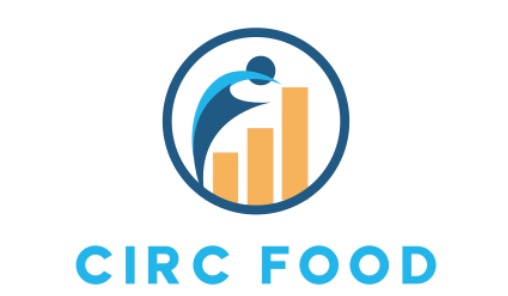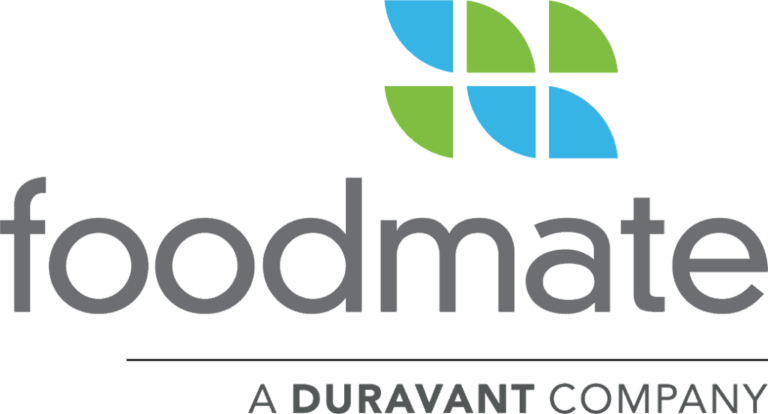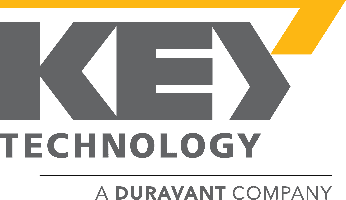Emerging Technologies Shaping the Future of Best Industrial Food Equipment by 2025
The industrial food equipment sector is undergoing a transformative wave fueled by emerging technologies that promise to redefine food production and processing by 2025. According to a recent report by MarketsandMarkets, the global food processing equipment market is projected to grow from $71.0 billion in 2020 to $97.5 billion by 2025, showcasing a compound annual growth rate (CAGR) of 6.5%. This growth is largely attributed to advancements in automation, IoT integration, and sustainable practices.

However, as the industry evolves, it faces critical challenges such as the rising demand for efficiency, food safety standards, and workforce shortages. Understanding these challenges and leveraging innovative technologies will be crucial for manufacturers and processors aiming to thrive in the competitive landscape of industrial food equipment. This blog will explore the key technologies shaping this future and the inherent problems that need addressing.
Future Innovations in Industrial Food Equipment: Key Technologies to Watch
The landscape of industrial food equipment is rapidly evolving, driven by a wave of innovative technologies poised to redefine efficiency and productivity by 2025. One of the most promising developments is the integration of artificial intelligence (AI) in manufacturing processes. AI-powered analytics enable real-time monitoring of equipment performance, optimizing maintenance schedules and reducing downtime. This not only enhances operational efficiency but also minimizes food waste, a critical concern in today's food industry.
Another key technology to watch is the rise of automation and robotics. Automated systems are revolutionizing the way food is processed, packaged, and distributed, allowing for higher precision and consistency in production. With advancements in robotic technology, factories can now employ sophisticated machines that work alongside human operators, significantly increasing throughput and reducing labor costs. Additionally, the implementation of Internet of Things (IoT) devices enhances connectivity throughout the supply chain, providing valuable insights into inventory management and streamlining logistical operations. Together, these innovations are setting the stage for a more efficient, sustainable, and resilient food industry by 2025.
Impact of Automation on Food Processing Efficiency and Quality
The food processing industry is undergoing a radical transformation due to the increasing integration of automation technologies. According to a report by MarketsandMarkets, the global food automation market is projected to reach $16.6 billion by 2025, driven by the need for improved efficiency and quality in production. Automation not only accelerates processing times but also enhances precision, leading to minimized waste and optimized resource use. As a result, manufacturers are increasingly adopting automated systems that allow for real-time monitoring and data analysis, ensuring consistent product quality.

Tips for enhancing automation in your operations include investing in smart sensors that can provide valuable insights into production processes. Utilizing machine learning algorithms can help in predictive maintenance, thereby reducing downtime and improving efficiency. Additionally, ensuring that staff is trained to work with these technologies can facilitate smoother transitions and maximize the potential of automation.
The impact of automation on quality control is significant. Automated systems can conduct inspections at a speed and accuracy far beyond human capabilities. According to a study by the Food Processing Suppliers Association, companies implementing automated quality inspections reported a 30% reduction in quality defects and a 25% decrease in labor costs. Embracing these advancements will likely be crucial for food manufacturers aiming to stay competitive and meet evolving consumer demands.
Sustainability Trends in Industrial Kitchen Equipment Design
The industrial food equipment sector is witnessing a transformative shift toward sustainability, driven by an increasing recognition of environmental impacts and consumer demand for greener practices. According to a recent report by MarketsandMarkets, the global market for sustainable food equipment is expected to reach $22.3 billion by 2025, growing at a CAGR of 8.5%. This momentum is largely fueled by innovations in energy-efficient technologies, materials sourcing, and waste reduction strategies that manufacturers are integrating into their designs.
One notable trend is the adoption of energy-efficient appliances that not only reduce energy consumption but also lower operating costs over time. For instance, equipment designed with smart technology enables real-time monitoring of energy usage, facilitating more efficient operations. Furthermore, the use of sustainable materials such as recycled steel and eco-friendly coatings has become commonplace, aligning with the industry’s shift towards a circular economy. A study by the Food and Beverage Industry Association revealed that 70% of companies are now prioritizing sustainability in their procurement processes, illustrating a significant change in how industrial kitchen equipment is being evaluated and selected.
Emerging Technologies Shaping the Future of Best Industrial Food Equipment by 2025 - Sustainability Trends in Industrial Kitchen Equipment Design
| Technology | Description | Impact on Sustainability | Expected Implementation by |
|---|---|---|---|
| Energy-efficient Equipment | Machines designed to consume less energy while performing the same tasks. | Reduces carbon footprint and operational costs. | 2025 |
| Water-saving Technologies | Innovations that minimize water usage in food preparation and cleaning. | Helps in conserving water resources. | 2024 |
| Biodegradable Materials | Use of materials that break down naturally in the environment. | Reduces plastic waste and pollution. | 2025 |
| Smart Kitchen Technologies | IoT-enabled devices that optimize kitchen processes. | Enhances efficiency and waste reduction. | 2025 |
| Recycling Programs | Systems that promote the recycling of kitchen waste. | Mitigates landfill contribution and promotes circular economy. | Ongoing |
The Role of IoT in Enhancing Equipment Monitoring and Management
The Internet of Things (IoT) is rapidly transforming the landscape of industrial food equipment by enabling real-time monitoring and management. According to a report by MarketsandMarkets, the global IoT in the food industry is projected to grow from $10.1 billion in 2020 to $35.1 billion by 2025, reflecting a compound annual growth rate (CAGR) of 27.1%. This surge indicates a significant shift towards integrating smart technologies for enhanced operational efficiency and food safety compliance.
The benefits of IoT extend beyond mere monitoring; they include predictive maintenance and energy management. By analyzing data from connected devices, businesses can anticipate equipment failures before they occur, minimizing downtime and reducing maintenance costs. A study by Deloitte found that manufacturers implementing IoT solutions experienced a 15% reduction in equipment downtime and a 10% increase in operational efficiency. Moreover, sensors and smart devices help ensure compliance with food safety standards, track temperature variations, and streamline inventory management, thus enhancing overall productivity and reliability in food processing operations.
Emerging Technologies in Industrial Food Equipment by 2025
This chart illustrates the projected growth of IoT integration in industrial food equipment management by 2025. The percentage indicates the expected adoption rate of different IoT-enhanced features.
Advancements in Food Safety Technologies for Industrial Applications
The landscape of industrial food equipment is rapidly evolving, driven by advancements in food safety technologies that promise to reshape operations by 2025. As reported by the Global Food Safety Initiative, the global food safety technology market is projected to reach $25 billion by 2025, highlighting the increasing investment in solutions that ensure product quality and consumer health. Technologies such as IoT sensors are being integrated into food processing and storage systems, offering real-time monitoring of temperature and humidity levels. This proactive approach allows companies to detect potential hazards before they become contamination threats, thereby safeguarding public health.

Moreover, artificial intelligence (AI) is playing a pivotal role in enhancing food safety protocols. According to a report by MarketsandMarkets, the AI in the food and beverage sector is expected to grow from $1.4 billion in 2020 to $5.5 billion by 2026. By leveraging machine learning algorithms, food manufacturers can analyze vast amounts of data to identify patterns that may indicate food safety risks, enabling them to respond more effectively to potential challenges. This integration of advanced technologies not only improves compliance with stringent safety regulations but also boosts consumer confidence in the products they purchase, driving higher demand in the industry.









